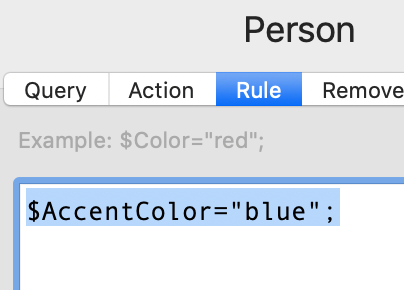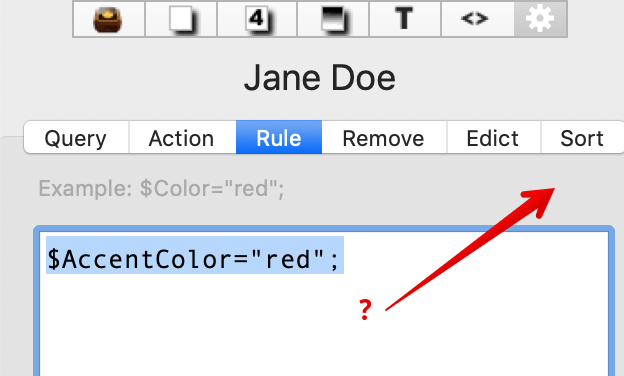Thank you! This is exactly what I think has been happening! Easy to do and appreciate the fix. I did not know how to fix these mistakes other than deleting what I had an reconstructing. This is very helpful!
Don
Thank you! This is exactly what I think has been happening! Easy to do and appreciate the fix. I did not know how to fix these mistakes other than deleting what I had an reconstructing. This is very helpful!
Don
You have another great piece of advice. Today, I set aside the computer and restarted with paper as you suggested. In my templating of the idea over the weekend, I learned what was possible. Then I tried to build it from my iterations, but found it is better to be very clear on the design and then add the data to see the results. In other words, I am doing what you have mentioned using paper and being clear instead of changing on the fly.
Thanks again to this group for all of your help! I feel like I need to pay this back to the community. After things settle down (I am an ultimate optimist and know we will all get through this), I feel like I should use this type of project to create some educational materials on what I learned. There is no question about the power of Tinderbox and I would love others to appreciate this in there work!
Thanks again for all the help!
Don
we’re eager to see and hear about the new design, and your experience using it!
Further to @PaulWalters’ useful reminder about editing prototype-inherited rules, edicts, etc. at local (i.e. note using prototype) level, the Action inspector has a useful tell back. Consider this:
We have a note ‘Jane Doe’ using a prototype ‘Person’. With ‘Jane Doe’ selected, we see the Rule Inspector shows a ‘default’ label. This tells us the value being inherited by the the note us the document default for $Rule. Note that it doesn’t tell you if that doc-level default is edited but as the user you likely would know if you’d made that non-incidental edit! Now I’ll set a rule in the prototype:

With the result in ‘Jane Doe’ that the label now says ‘inherited’:
![Action Inspector: untitled 2020-04-14 10-25-44|618x340]
(upload://naDunKhuSkXg5cRfZMehZoGMMev.png)
This tells us the attribute (in this case the $Rule) is inherited from a prototype, i.e. we can expect this note’s attribute to change if the same attribute is changed in the prototype. Lastly, if we change the rule in the note itself, and unintentionally break inheritance:

See the result, there is now no label showing inheritance state. Were you to view the same attribute as a Key Attributes or in Get Info, you would see it bolded to indicate a locally set value:
Lastly, if you realise with dread that you may have lots of notes with values unintentionally set locally, then hasLocalValue() is your friend. For instance we could fix the $Rule inheritance of all notes using the ‘Person’ prototype using an agent with a query:
$Prototype=="Person" & hasLocalValue("Rule")
and agent action:
$Rule=;
The agent should run and end up empty as all notes in query scope should now be correctly configured. I don’t suggest leaving agents like this once finished with or they are just more clutter/overhead, especially when they are so easy to configure.
Hi Don,
You might like to consider tweaking the display expression to allow for a quick visual of important KAs - could be useful in conjunction with a filtered outline to give a quick and dirty screenshot printout ahead of a more structured export?
Good luck and keep safe my friend
x
I expect you will have a lot of information scattered around in spreadsheets re staff and patients from other sources - this thread might be useful to you in achieving an import into your tbx
Hi DMV,
is there any updated version of your file that you are happy to share? How did you create the “resources by location” dashboard? is that an agent/adornement? just looking for inspiration…
As a fellow intensivier I hope you made it through the last few years ok.
Cheers,
Doc_C